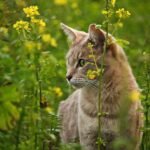Imagine a wild forest cat that nearly vanished before the world even knew it existed. The Sokoke isn’t just rare—it’s a living whisper from Africa’s ancient woodlands, a feline so unique that even lifelong cat lovers might never see one in person. For those who adore cats, the story of the Sokoke is equal parts heart-stopping rarity and jaw-dropping survival. So, what truly sets this cat apart from the crowd? Let’s unravel the mystery behind the Sokoke’s elusive charm.
Origin Story: Born in the Heart of Kenya’s Forests
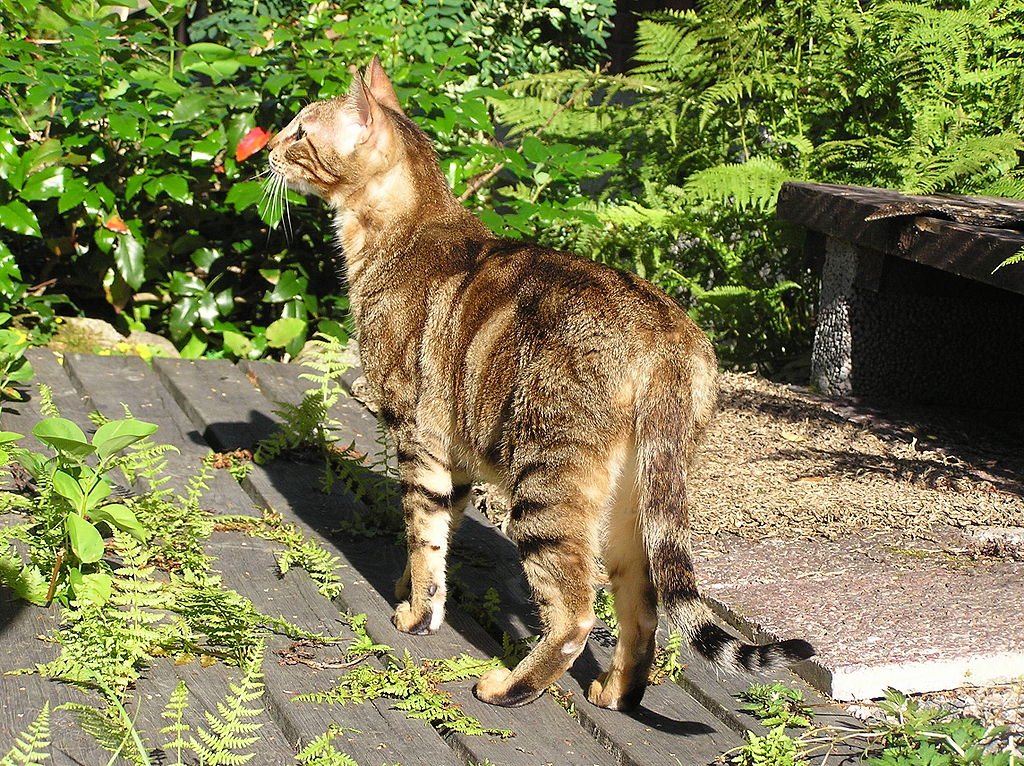
The Sokoke’s tale starts deep in the Arabuko Sokoke Forest along Kenya’s coast, a place teeming with life and secrets. This isn’t your average jungle cat—locals knew of these wild-looking felines, but it wasn’t until the late 1970s that the world took notice. Kenyan resident Jeni Slater discovered kittens with striking, marbled coats near her coconut plantation. Fascinated, she began to care for them, and soon realized these cats were unlike anything she’d seen. They thrived in the thick, humid undergrowth, wild yet oddly approachable, as if nature itself had crafted a perfect blend of mystery and gentleness.
Wild Looks: The Sokoke’s Exotic Appearance

Take one look at a Sokoke, and you might think you’re staring at a wildcat straight out of an African fairy tale. Their coats are decorated with a “blotched tabby” pattern, swirling like shadows on the forest floor. Unlike most tabbies, their markings are so bold and defined that each cat looks hand-painted. The Sokoke’s lean, muscular body gives them a cheetah-like grace, while their long legs seem built for silent forest hunts. Yet there’s a warmth in their almond-shaped eyes, a golden-green glimmer that hints at their affectionate side.
Genetic Uniqueness: Not Your Average Housecat

Genetic studies show the Sokoke is not just another tabby with fancy stripes. In fact, they’re genetically distinct from both African wildcats and the domestic cats we know. DNA research reveals a unique lineage—one that connects them to ancient cats from the Kenyan coast, making them a living relic. Unlike modern breeds developed through selective breeding, the Sokoke’s genes have been shaped by the forest itself. This gives them resilience and traits you won’t find anywhere else, from their unique fur texture to their striking colors.
Conservation Status: Rarity on the Brink

The Sokoke is officially one of the world’s rarest cat breeds, and not just in name. Their wild ancestors face habitat loss as Kenya’s forests shrink due to agriculture and logging. Even today, their numbers remain alarmingly low, with fewer than a few hundred registered worldwide. International breeding programs are working desperately to keep the breed alive, but every Sokoke kitten born feels like a small miracle. The sense of urgency is real—without careful protection, this breed could slip back into obscurity.
Personality: Wild at Heart, Gentle at Home
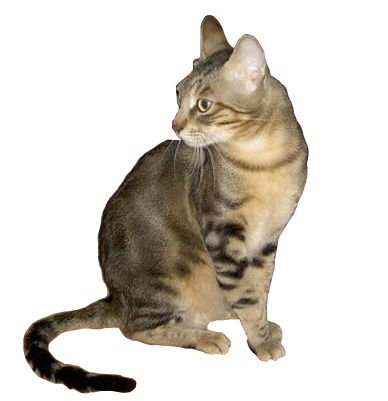
Despite their wild looks, Sokokes are far from feral in spirit. Owners describe them as playful, energetic, and deeply affectionate with their chosen humans. They form tight bonds with family members, often choosing one favorite person to shadow around the house. Yet, they keep a hint of their wild ancestry—a slight wariness of strangers and a love of high perches, where they can survey their domain. Living with a Sokoke is like having a slice of the African forest curled up on your sofa.
Vocalizations: A Language All Their Own

If you’re expecting a quiet companion, think again! Sokokes are known for their unique range of vocalizations. They chirp, trill, and make soft chattering sounds, sometimes holding entire “conversations” with their humans. Their voices are less about demanding attention and more about expressing curiosity and excitement. It’s almost as if they’re sharing secrets from the forest floor, drawing you into their mysterious world one sound at a time.
Agility: Athletic Marvels of the Cat World
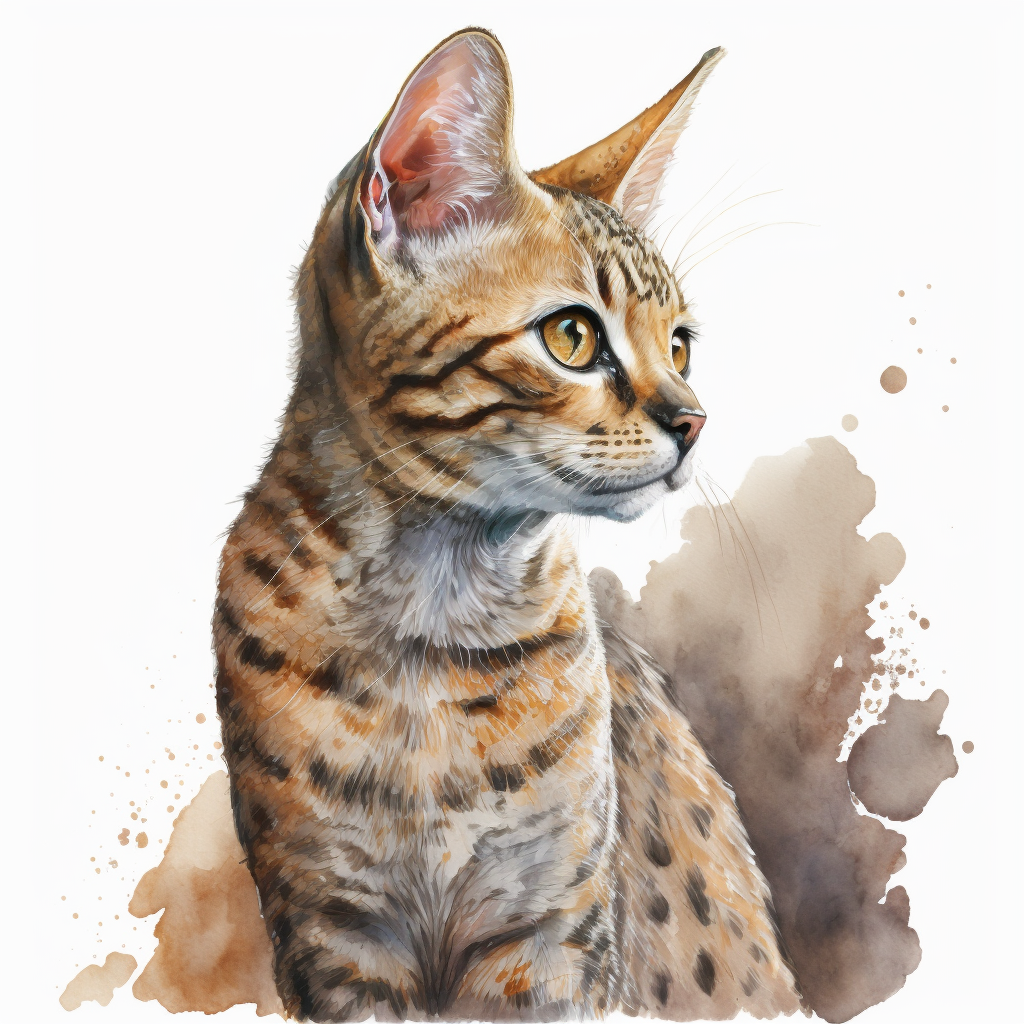
Watching a Sokoke in motion is a show in itself. These cats are built for speed and agility, with long, slender legs and tight, flexible muscles. They can leap astonishing heights, twist midair, and squeeze through the smallest gaps—all skills honed by generations surviving in dense Kenyan forests. Owners often compare them to little athletes, always in motion and never far from the next adventure. If you set up a cat tree, don’t be surprised if your Sokoke races to the top in seconds flat.
Coat and Grooming: Nature’s Low-Maintenance Marvel

One of the Sokoke’s many charms is their low-maintenance coat. Their fur is short, silky, and surprisingly dense, offering protection from the elements without the need for constant grooming. Unlike long-haired breeds, they rarely shed and hardly ever mat. This makes them a dream for people who love cats but dislike endless vacuuming. A quick brush now and then keeps their coat gleaming, and their natural oils help repel dirt, just as it would in the wild.
Diet and Health: Roots in the Wild
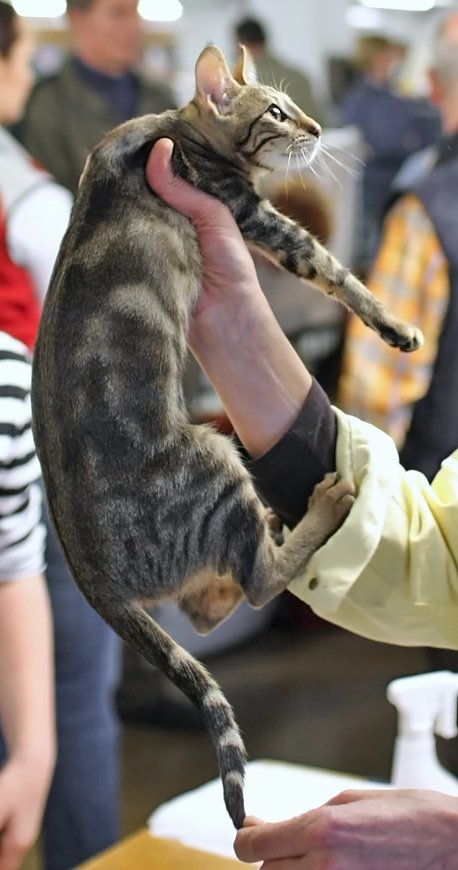
Because the Sokoke developed outside the world of pampered housecats, their dietary needs reflect their wild roots. They thrive on high-protein diets, much like their ancestors who hunted small prey in the forest. Luckily, they’re generally healthy and robust, with few breed-specific ailments. Still, responsible owners should offer them plenty of fresh water, lean meats, and occasional treats to mimic their natural diet. A Sokoke’s vitality often shines through in their glossy coat and sparkling eyes.
Breeding Challenges: Keeping the Line Alive

Breeding Sokokes is no small feat. With such a tiny global population, breeders must carefully plan each litter to maintain genetic diversity. There’s constant worry about inbreeding, which can lead to health problems or loss of the traits that make Sokokes special. Many breeders work in close collaboration, sharing knowledge and even exchanging cats to keep the bloodline healthy. Every kitten born is cause for celebration, and sometimes, even a bit of anxiety about the breed’s future.
Recognition: The World Takes Notice
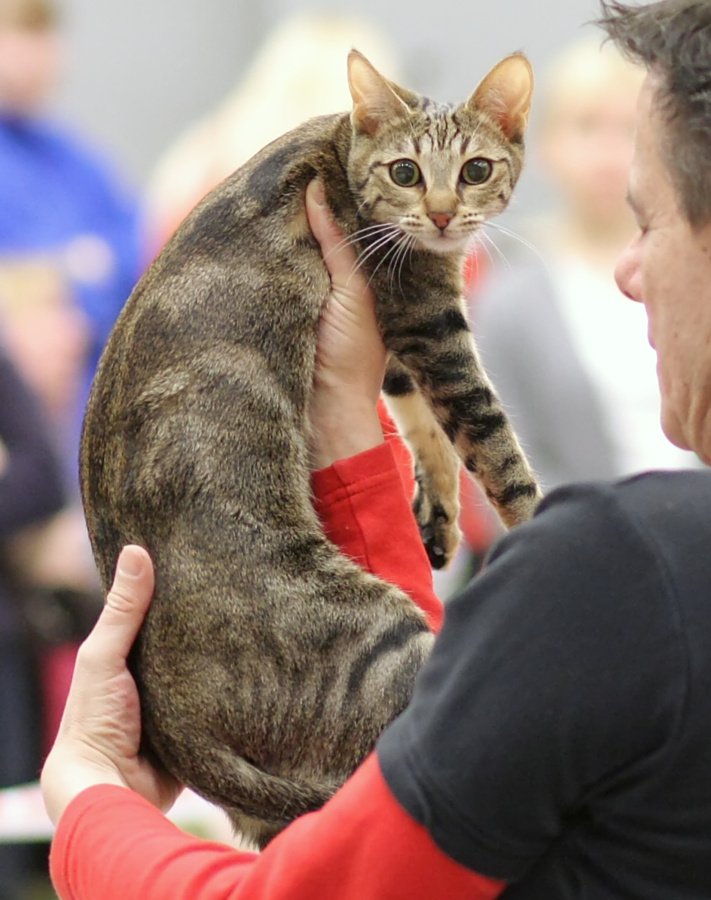
Recognition for the Sokoke has been a slow, steady climb. Cat fancier organizations in Europe and North America have finally accepted the breed, thanks to years of advocacy from passionate breeders. Today, the Sokoke is recognized by several major cat registries, though it remains an exotic rarity at cat shows. When a Sokoke enters the ring, judges and spectators alike often fall silent, captivated by the breed’s wild beauty and mysterious air. Their presence is always a highlight, a reminder of how much the cat world still has to discover.
Lifestyle: The Sokoke in Modern Homes
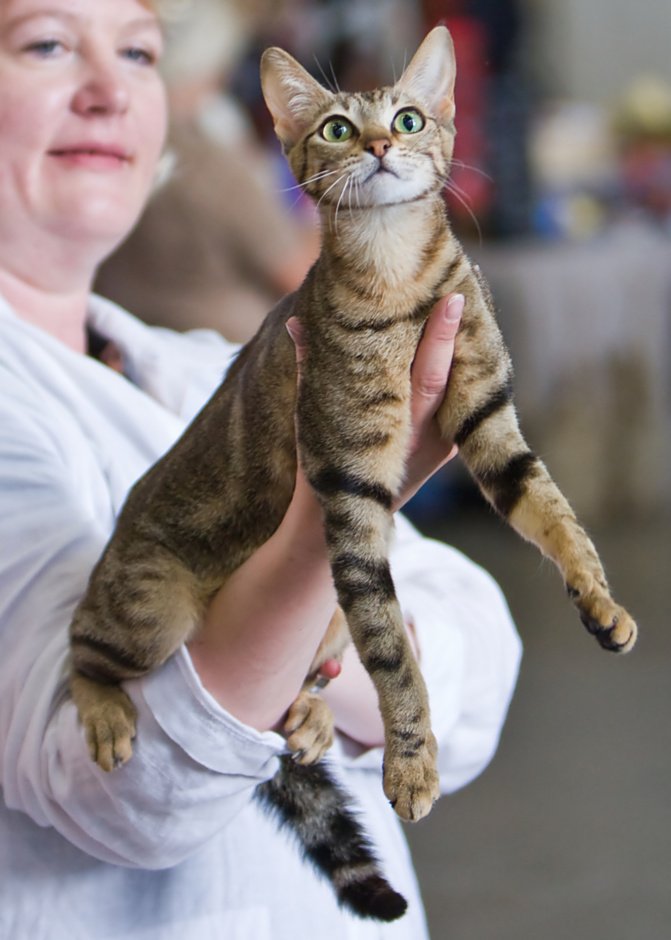
Adapting a Sokoke to modern life can be both rewarding and challenging. These cats crave stimulation—mental puzzles, interactive toys, and plenty of room to climb and run. They aren’t content to nap all day on the couch; they need adventure and engagement. Owners who respect their intelligence and need for activity are rewarded with a loyal, interactive companion. Many Sokoke lovers describe daily life as living with a clever, mischievous friend, always ready to turn an ordinary day into a playful escapade.
Social Structure: Feline Family Bonds
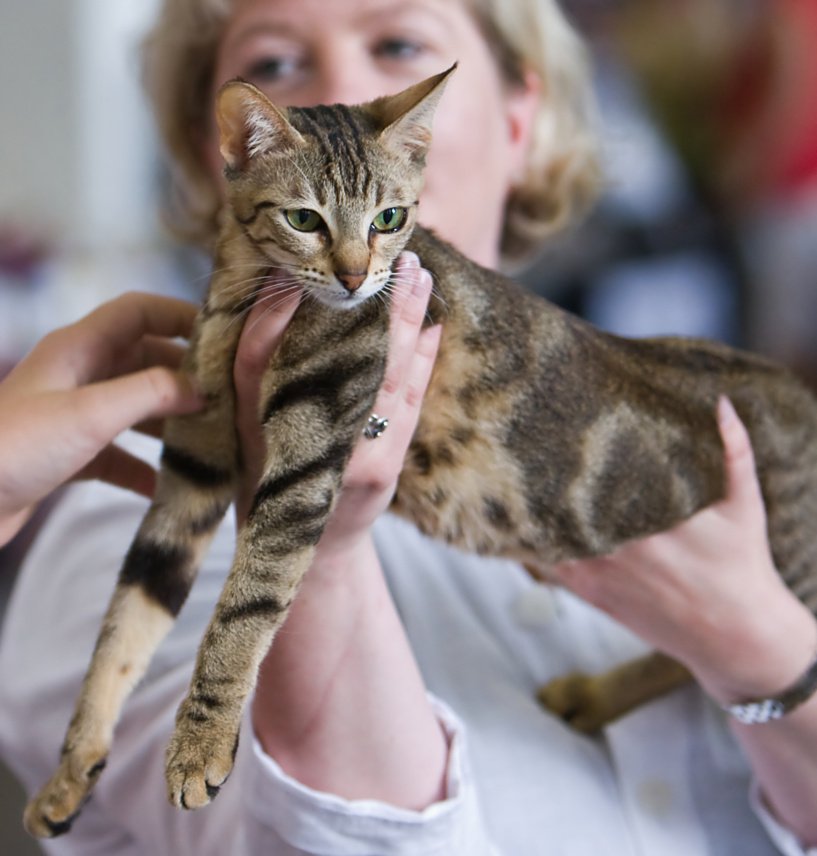
In the wild, Sokokes were often seen in small family groups, not solitary like many cats. This social nature carries into the home—they bond closely with other pets, especially fellow Sokokes. They thrive in multi-cat households, forming alliances and playing elaborate games together. However, they also value their independence and may need quiet moments alone. Understanding this balance is key to keeping a Sokoke happy and stress-free.
Intelligence: Quick Learners and Problem Solvers

The Sokoke’s intelligence is legendary among those who know them. They quickly figure out puzzles, open doors, and even learn simple tricks. Some owners report their cats inventing their own games or manipulating toys to get treats. This cleverness can be both delightful and a bit exhausting—if a Sokoke gets bored, they’ll find their own ways to stay entertained, which might include raiding the treat jar or “redecorating” your living room. Keeping their minds busy is as important as meeting their physical needs.
Playfulness: Eternal Kittens at Heart

Sokokes never seem to outgrow their kittenish playfulness. Even older cats will chase shadows, leap after feather toys, and invent elaborate games with their humans. Their playful spirit is infectious, drawing everyone in the house into their antics. For families, this means there’s never a dull moment. The joy of watching a Sokoke at play is like catching a glimpse of the wild, untamed energy that shaped their ancestors.
Adaptability: Thriving in New Environments

Despite their wild origins, Sokokes adapt surprisingly well to new environments. They’re curious and courageous, often exploring every corner of a new home within hours of arrival. Changes in routine or scenery don’t faze them for long, as long as they feel safe with their humans. This adaptability makes them excellent companions for people who move often or lead dynamic lives. Still, providing familiar toys, bedding, and routines helps them settle in even faster.
Relationship with Children: Gentle Playmates

Sokokes are often described as excellent family cats, especially with older children who understand how to respect their boundaries. Their playful energy matches well with kids, and their intelligence means they quickly learn household rules. Unlike some breeds, Sokokes aren’t prone to biting or scratching out of frustration; instead, they retreat or vocalize when they need a break. With proper introductions, they become devoted playmates and gentle companions for children.
Relationship with Other Pets: Peaceful Coexistence

Introducing a Sokoke to other pets is usually a smooth process. Their social nature means they’re often curious and accepting of dogs, other cats, and even small animals, as long as introductions are handled thoughtfully. They may take a bit longer to warm up to dominant or aggressive pets, but patience pays off. Over time, many Sokokes form strong bonds with other animals, often sleeping together or sharing playtime. Their easygoing nature makes them a peaceful addition to multi-pet households.
Traveling with a Sokoke: Adventurous Companions

Because of their adaptable personality, Sokokes often handle travel better than most cats. Whether it’s a short car ride or a cross-country move, they remain calm if given familiar comforts. Many owners find their Sokokes are curious about new places, exploring hotel rooms or even safe outdoor areas with confidence. It’s essential to provide a secure carrier and a few favorite toys, but don’t be surprised if your Sokoke takes to travel like a tiny explorer.
Finding a Sokoke: The Quest for Rarity

Tracking down a Sokoke is a true adventure. Due to their rarity, reputable breeders have long waiting lists, and kittens are often reserved months in advance. Potential owners should be prepared for a careful screening process—breeders want to ensure their precious kittens go to committed, knowledgeable homes. Visiting a Sokoke breeder feels more like meeting a fellow enthusiast than conducting a transaction; everyone shares the same passion for preserving this extraordinary cat. Each new home is a victory for the breed’s survival.

Suhail Ahmed is a passionate digital professional and nature enthusiast with over 8 years of experience in content strategy, SEO, web development, and digital operations. Alongside his freelance journey, Suhail actively contributes to nature and wildlife platforms like Feline Fam, where he channels his curiosity for the Feline into engaging, educational storytelling.
With a strong background in managing digital ecosystems — from ecommerce stores and WordPress websites to social media and automation — Suhail merges technical precision with creative insight. His content reflects a rare balance: SEO-friendly yet deeply human, data-informed yet emotionally resonant.
Driven by a love for discovery and storytelling, Suhail believes in using digital platforms to amplify causes that matter — especially those protecting Earth’s biodiversity and inspiring sustainable living. Whether he’s managing online projects or crafting wildlife content, his goal remains the same: to inform, inspire, and leave a positive digital footprint.





